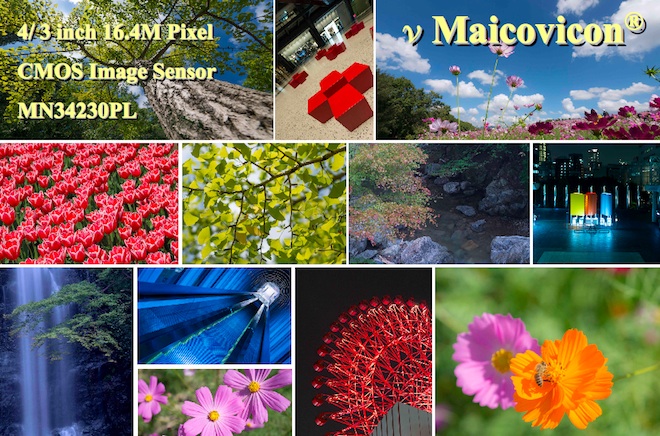
The recent rumours surfacing of Panasonic releasing an AG-GH4 around the $3000 mark have been given a boost. Panasonic have now officially announced the existence of a 16MP Micro Four Thirds sensor which is capable of 4K video at up to 30fps, matching the rumoured specs of the GH4.
Tantalisingly this sensor is even available as a customer part on the open market, making it available to Blackmagic Design.
My first thought on seeing the sensor specs last night was – this sensor is already with us!
The Panasonic GX7 and GM1 match several key attributes for this “4K video capable” chip.
We know the GX7’s sensor is different to the (Sony rumoured) GH3 and OM-D E-M5 sensor, and manufactured by Panasonic.
We know also that it does a 4×4 pixel mix in 1080p mode (as per the PDF specs for the new 4K sensor) instead of the usual line skipping or binning of a typical Sony sensor.
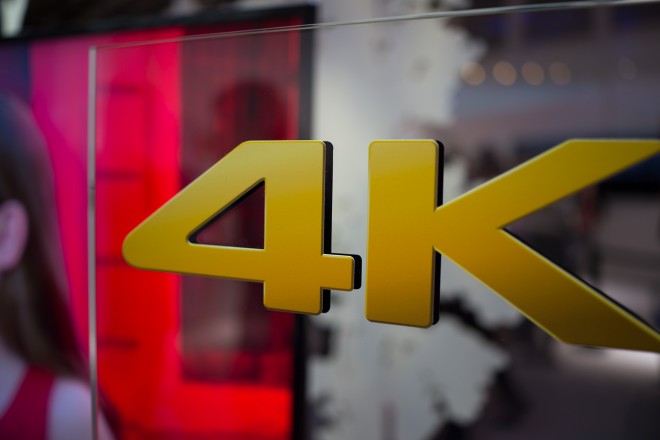
Electronic shutter and full pixel readout
In silent electronic shutter mode the GX7’s sensor uses a full pixel readout – essentially 4.5K raw at 16MP in 4:3. So in theory if you want to get a glimpse of the GH4’s 4K video image quality, have a look at the stills from the GX7 shot in silent shutter mode.
The only other sensor I can think of which can do something similar is the Sony RX10’s smaller 1″ CMOS, which does a 20MP full pixel readout in video mode, only to crunch that down to 1080p with the Bionz X image processor.
The most obvious giveaway is that the pixel count exactly matches the GX7’s sensor, as does the physical chip size of 17.6 x 13.3.
The sensor has some high speed modes. In live view it is capable of up to 120fps (at lower resolutions). That squares with the GX7’s EVF refresh rate and contrast detect AF routine.
The sensor will go right up to 240fps and 481fps for high speed shooting (though it’s not clear at what resolution). It can also do a crop window, of any size. Though of course with 4K video you can do that in post!
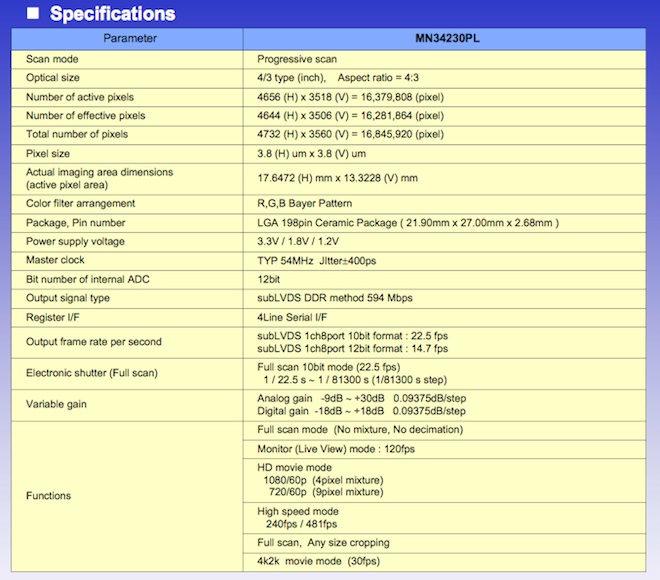
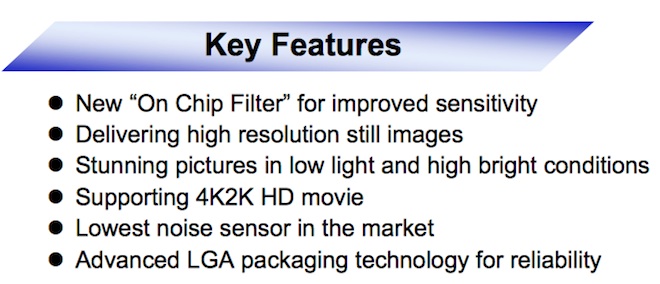
12.2 stops dynamic range and 4K video
DXOMark recently rated the GX7’s sensor for 12.2 stops dynamic range; by comparison the 5D Mark III is rated for just 11.5 stops. Whilst the Panasonic sensor is still short of the best full frame Sony sensors at 14 stops, dynamic range in the 4K video mode will benefit massively from using the full pixel readout (no mixing, no binning of data).
Speed Booster
The sensor size with a Metabones Speed Booster adapter will almost be as large as the Canon 1D C in 4K video mode, at 1.4x crop over full frame (APS-H on the 1D C’s 4K video mode is 1.3x crop). That’s slightly larger than Super 35mm.
Pixel mix for 1080p modes
High quality 10bit 1080p is a real possibility for the GH4. It’s interesting that the specs use the term ‘pixel mix’ for downsampling 1080p from the full 16MP. This is likely how Panasonic’s sensors have always been so clean in terms of moire and aliasing in video mode, with pixels being averaged and mixed rather than a hard binning or line skipping employed.
Whether the 5D Mark III does a pixel mix or pixel bin to get from 22MP to 1080p is open to question, but certainly Sony need to start putting a decent pixel mixture into their video mode downsampling. The A7 and A7R still line skip like it’s 2009.
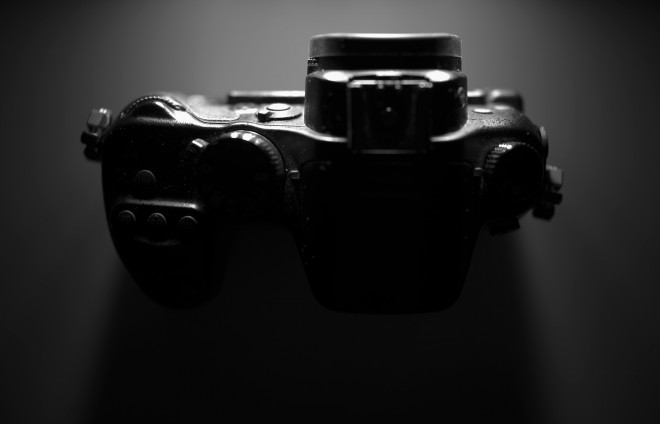
GH4
This is truly an amazing prospect. Sensor technology is leaps and bounds ahead of the implementation of it so far. Finally with some powerful processing behind the sensor, we can look forward to affordable 4K video, 10bit colour depth and much improved codecs. Panasonic have taken their time to develop AVC-Ultra, and the new H.265 standard is fast approaching.
I’d say the 1080p era has about 6 months left in it.
The rumoured pricing of the GH4 is just that at the moment – a rumour. But by using consumer branding and a consumer sensor, the tentative price of $3000 is making a lot of sense. This is exactly the kind of aggressive pricing Panasonic need to grab marketshare from a dominant Canon and Sony. Cinema EOS is overpriced and under specced compared to what’s coming.
Here’s a reminder of some of the key rumoured GH4 specs –
- 4K video 24/25/30fps
- 16mp sensor with full pixel readout
- Rumoured 4K codec is 10bit 4:2:2 in MP4 container, at 200Mbit/s
- Space saving 100Mbit IPB codec options
- 4x 3G-HD-SDI and 2x XLR breakout box
- OLED monitor, 1 million dot
These are exactly the kind of specs the Canon 1D C should have had from the get go, instead of looking as if it was just a lazy firmware updated 1D X.
Further coverage
In the German language, at Slashcam


